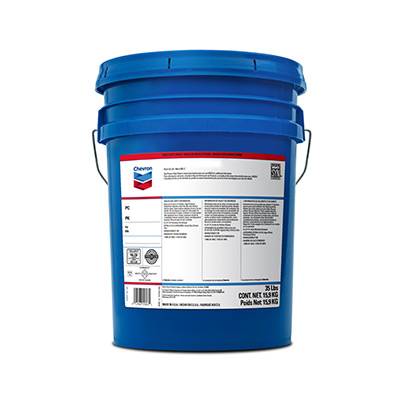Tach . 06, 2024 09:27 Back to list
water valve repair
Water Valve Repair A Step-by-Step Guide
Water valves are essential components of a plumbing system, controlling the flow of water throughout a home or building. Whether it’s for a faucet, a toilet, or the main water supply, keeping these valves in good working condition is crucial for avoiding leaks and other plumbing issues. If you find yourself dealing with a malfunctioning water valve, don’t worry! Here’s a straightforward guide to help you through the repair process.
1. Identify the Problem
The first step in any repair is to identify the problem. Common issues with water valves include leaks, difficulty in turning the valve, or the valve being completely stuck. Observe the valve carefully and check for any water leakage, unusual sounds, or signs of wear and tear.
2. Gather Your Tools
Before you get started, it's important to gather the necessary tools. You will need an adjustable wrench, a screwdriver, plumber’s tape, and replacement parts if needed, such as O-rings or a new valve. Having everything at hand will make the repair process smoother.
3. Turn Off the Water Supply
Safety comes first! Before you begin any repair, make sure to turn off the water supply to the valve you're working on. This will prevent any accidental flooding or water waste during the process.
Using your screwdriver and wrench, carefully remove the valve handle and any other components that may be in the way. Take note of how everything fits together; taking pictures can help you remember the assembly when it's time to put everything back together.
water valve repair

5. Inspect and Replace Parts
Once the valve is disassembled, inspect the internal components for wear. Commonly, O-rings and washers may need replacement. If any part is corroded or damaged, it's best to replace it to ensure a complete repair.
6. Reassemble the Valve
After replacing any faulty parts, reassemble the valve in the reverse order of disassembly. Make sure everything is tightened securely, but be cautious not to overtighten, which can lead to further damage.
7. Turn the Water Supply Back On
Once the valve is reassembled, turn the water supply back on slowly. Check for any leaks around the valve and ensure it operates smoothly.
8. Final Check
Finally, run water through the system and monitor the repaired valve for any irregularities. If everything looks good, you’ve successfully repaired your water valve!
In conclusion, with a bit of patience and the right tools, repairing a water valve can be a manageable DIY task. Regular maintenance and timely repairs can save you from costly plumbing bills and ensure the longevity of your plumbing system.
-
Why Metric Trapezoidal Thread is Ideal for Precision Motion ControlNewsAug.05,2025
-
The Unique Properties of a Block of Granite for Industrial UseNewsAug.05,2025
-
The Role of Flanged Y Strainers in Preventing Pipeline ClogsNewsAug.05,2025
-
The Importance of Regular Calibration for Master Ring GagesNewsAug.05,2025
-
How a Cast Iron Surface Table Enhances Accuracy in ManufacturingNewsAug.05,2025
-
Comparing Different Check Valve Types for Optimal Flow ControlNewsAug.05,2025
Related PRODUCTS









